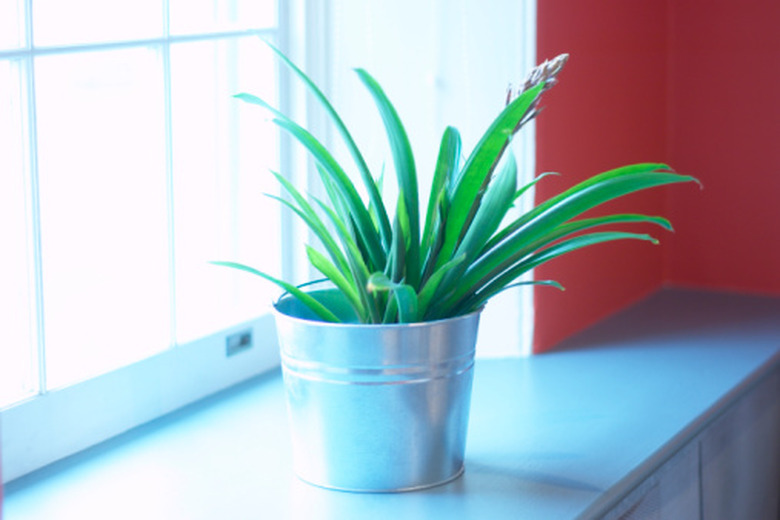Remedy For Smelly Soil In Indoor Plants
Smelly soil in an indoor plant can be indicative of a number of issues with your houseplant, all of which require attention. Narrowing down the cause of your plant's smelly soil can be made much easier by knowing what is required for odorless, healthy soil in your indoor planters.
Sunlight
Sunlight
Not all houseplants require direct sunlight, but most need at least partial sunlight on a windowsill through the day. The same can be said for the soil your plant is growing in. Soil that is never exposed to sunlight and kept in a cool space will never really dry out, opening the pot up to mildew and mold growth.
Drain Holes
Drain Holes
Every house plant should be placed in a planter with functional drain holes in the bottom. You can place the pot on a plastic tray to prevent staining from the drains, but a sealed pot is a pot that is bound to become waterlogged and cause root rot. Root rot occurs when the soil remains wet for a prolonged period of time, and the roots of the plant begins to decay. This will emit a foul, methanelike smell that becomes stronger when you disturb the soil.
Good Soil
Good Soil
Your house plants or indoor plants should be growing in high quality potting soil. Potting soil is a specific mixture of soil types that allows for air to circulate within the soil and water to drain quickly. If you use soil taken from outdoors in your indoor plants, you may introduce fungal spores, molds and mildews into your house plants. These can emit varying smells, and are usually accompanied by green or white discoloration of the soil.
Moderate Watering
Moderate Watering
One common cause of odorous indoor plant soil is overwatering. A new plant owner may fall victim to "more is better" thinking when it comes to plant watering, and in so doing overwater plants. Indoor plants are not typically subject to as much water loss as their outside counterparts, and as such require considerably less water, generally. Follow individual plant instructions and only water plants when their soil is dry to the touch.
